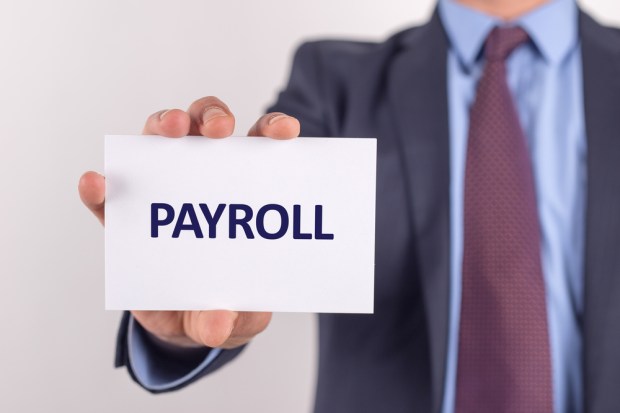When Getting Paid Costs Money, Payroll Cards Draw Ire And Plaudits

Payroll cards are the lightning rod of the payments industry, with advocates and detractors. The restaurant industry, specifically eatery operator Darden, serves as only the latest breeding ground for controversy, and yet, as in all tales, there are several sides to every story in this still-evolving payments niche.
The payroll card has had a rough go of it. Though gaining popularity, traction and visibility as a payment conduit for getting paychecks to employees through prepaid cards, payroll cards have also been seen as a way for firms and banks to save money, even while employees pay to get, well, paid.
The latest salvo in the war over payroll cards came earlier this month when Restaurant Opportunities Centers United issued a report that said restaurant operator Darden saves as much as $5 million annually, in part by bringing many workers away from traditional check issuance and toward payroll cards. In the end, according to the report, banks make money, Darden saves money and employees, who pay a fee tied to the cards, take home less pay.
The cards themselves tend to be used (not just by restaurant firms) to pay employees, who, perhaps most visibly, earn their pay on an hourly basis, and those employees are typically among the unbanked or underbanked populations.
The pros? The payments mean that workers get access to their wages almost immediately, without the vagaries of going, for example, to check-cashing venues, which can levy fees that can be charitably said to outweigh the convenience of the check-cashing service itself. Alternatively, employees who use payroll cards do not have to carry cash constantly, which can, of course, be lost or stolen. For the company itself, beyond saving money from printing and issuance of checks (and reissuance if they are lost), there’s the relative ease of reconciliation with cash flow tracking (as cash flows are logged onto the cards and accounted for immediately).
The key findings of the Darden report center on access, the very heart of the convenience model that has been touted by advocates. A full 42 percent of respondents to the surveys conducted by Restaurant Opportunities Centers United found that they had trouble accessing their wages. A majority, or 75 percent, said that they had to pay to access wages at various ATMs, and yet, 63 percent said they had not been told of the fees on those cards before they received them. Education, then, becomes key, as is the flexibility with these cards, where, as was illustrated in an interview by PYMNTS with MetaBank President Brad Hanson, where some payroll funding can indeed be steered toward bank accounts (thus helping improve savings rates).
